There is one major reason Illinois native Bob Dirmish, a sophomore in the College of Engineering, is hoping to vote in Wisconsin for the 2020 presidential election: Wisconsin will be considered a swing state.
“Illinois … just doesn’t change,” Dirmish said. “Votes still count, and I believe that, but if I have a chance to voice an opinion in a state that doesn’t have a predetermined outcome, and I care about what happens, why would I not take that opportunity to make a difference?”
Paul Nolette, an associate professor of political science, explained that current Democratic candidates, former Vice President Joe Biden and Senator Bernie Sanders, have been polling very closely to President Donald Trump for the upcoming election.
“It seems almost inevitable that it will be a closely fought election come November,” Nolette said.
A swing state, in United States politics, is a state in which Democratic and Republican candidates have similar levels of support, according the Merriam-Webster Dictionary. They are generally considered to have a key role in the outcomes of presidential elections.
Other swing states, also known as “battleground states,” that will likely play significant roles in the upcoming election are Arizona, Florida, Michigan, North Carolina and Pennsylvania, according to Newsweek. Arizona holds 11 electoral votes, Florida holds 29, Michigan holds 16, North Carolina holds 15 and Pennsylvania holds 20.
According to U.S. News and World Report, Wisconsin will be a “premiere battleground” for the 2020 election. The state, which holds 10 electoral votes, has been thrown into the forefront as Milwaukee will host the 2020 Democratic National Convention in July. Despite uncertain circumstances facing the country due to the COVID-19 pandemic, the DNC has yet to be canceled.
“Ensuring the safety of convention attendees and our host community is, and will always be, our top priority,” a March 14 Twitter post by the 2020 Democratic National Convention said. “… That said, we also remain focused on planning a successful convention in July, and nominating the next president and Vice President of the United States here in Milwaukee.”
Charles Franklin, director of the Marquette Law School poll, said Wisconsin was once considered part of the industrial Midwest’s “blue wall,” meaning the Democratic presidential candidate often won the state. He said Wisconsin was thought to be an “ace in the hole” for Democrats.
Until 2016, Franklin said, the Democratic presidential candidate won the state every election since 1988. It was one of three states, including Michigan and Pennsylvania, traditionally considered “blue states” that President Donald Trump then won in 2016.
However, Franklin pointed out that in three of the last five presidential elections, candidates have won Wisconsin by a margin of less than one percentage point.
Democrat and former President Barack Obama won Wisconsin in 2008 by 13.91% of votes and by 6.94% of votes in 2012, according to the Wisconsin Election Commission. Republican and former President George W. Bush nearly won the state in 2000 and 2004, losing by only 0.22% of votes in 2000 and 0.38% of votes in 2004. Trump won Wisconsin in 2016 by 0.77% of votes.
“My point is that if you look at that history, I don’t think Democrats should ever have taken Wisconsin for granted,” Franklin said.
Frankin cited the 2010 and 2014 governor’s races as a sign that Wisconsin was progressing toward becoming a swing state. Republican and former Wisconsin Gov. Scott Walker won both of these elections, by 5.77% of votes in 2010 and 5.67% in 2014. When Walker went up for reelection in 2018, he lost to Democrat Gov. Tony Evers by 1.1% of votes.
“There was plenty of reason to see the state is very competitive in all of these years and not be swept up in the big Obama victories while ignoring the highly competitive gubernatorial, and for that matter, U.S. Senate races that we had during that period,” Franklin said.
Republican U.S. Senator Ron Johnson won the Senate race in 2010 against Democratic incumbent Russ Feingold by 4.84% of votes. In 2016, Johnson won against Feingold a second time, by 3.36% of votes.
In 2012, Democratic U.S. Senator Tammy Baldwin won the Senate race against Republican Tommy Thompson by 5.55% of votes. She won by 10.83% of votes in 2018 against Republican Leah Vukmir.
Franklin said Wisconsin’s history of a divided elections and state government is an indication that Wisconsin has always had swing state tendencies.
“I think we were never a bastion of Democratic strength that we are sometimes seen as being,” Franklin said. “I think as that label — that we were part of the ‘blue wall’ — was ultimately a mistake in branding us.”
Nolette said there are several demographic factors that can often predict how red or blue a state is and whether it will be swing state. Race and level of education are two of these factors.
“States that tend to have a higher percentage of racial minorities, of college-educated voters, tend to lean blue, and those with fewer college-educated voters that are largely white states or have a higher percentage of white voters than the nation as a whole tend to be redder states.”
In Wisconsin, it is estimated that 81.1% of the population is white, with 19.9% of the population identifying as various racial or ethnic minorities, according the U.S. Census Bureau. The country as a whole is estimated to be 60.4% white, with 41.8% identifying as various racial or ethnic minorities.
Approximately 29.5% of Wisconsinites have earned a Bachelor’s degree or higher, compared 31.5% of the U.S. as a whole.
Swing state Pennsylvania has statistics not entirely different from Wisconsin, with 76.1% of its population estimated to be white and 25.9% being of a racial or ethnic minority. About 30.8% of its population has earned a Bachelor’s degree or higher.
The demographic factors in Wisconsin could be comparable to the entire U.S. population, possibly contributing to reasons it is a swing state.
Because they have the option, students may being asking themselves whether they should vote in their home state or Wisconsin.
“Really think about what issues matter most to you,” Dirmish said. “There’s no guarantee which way (the election) will go this year.”
This story was written by Alexa Jurado. She can be reached at [email protected].

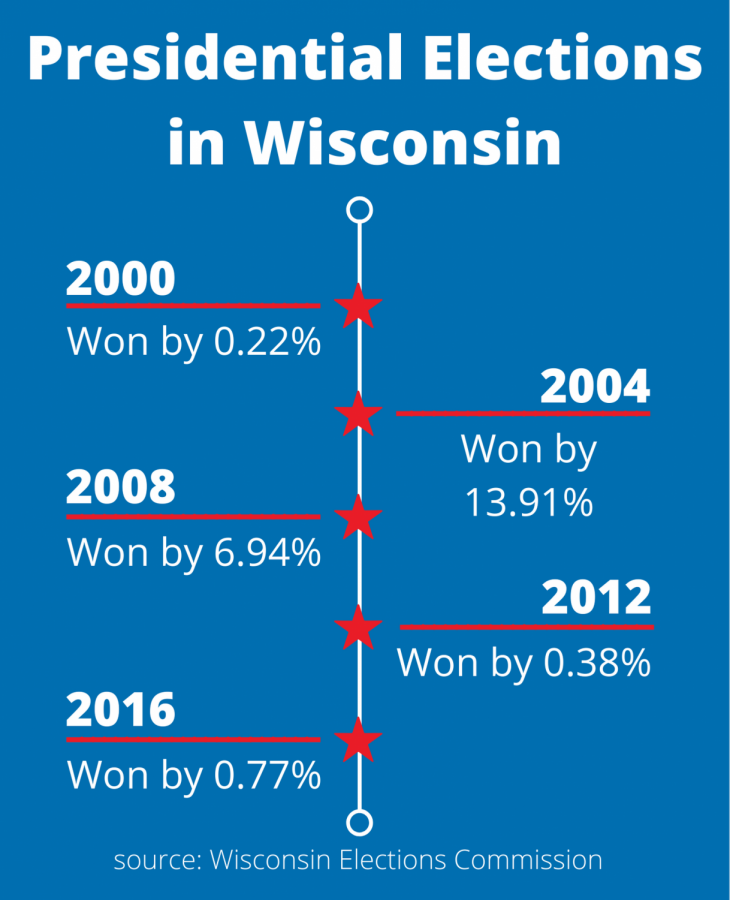
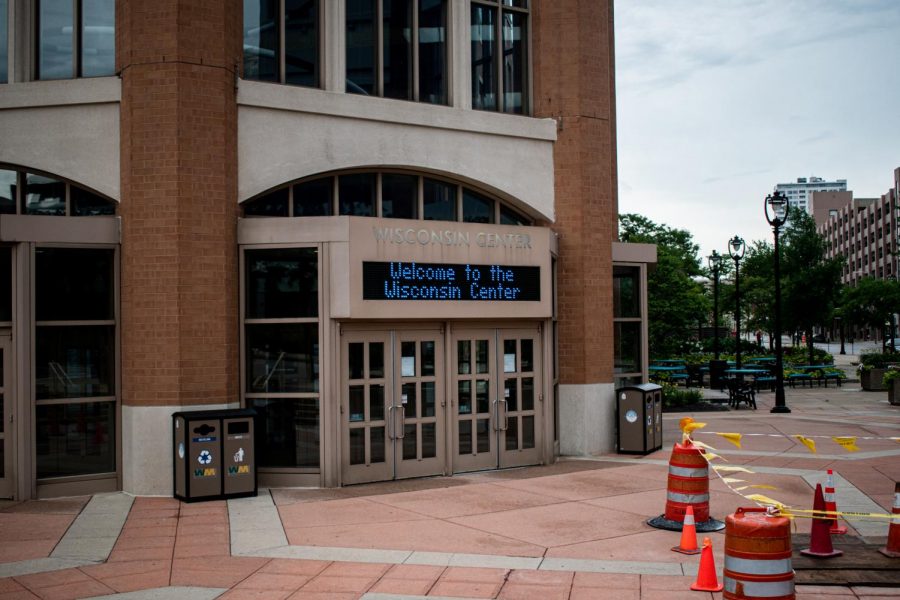
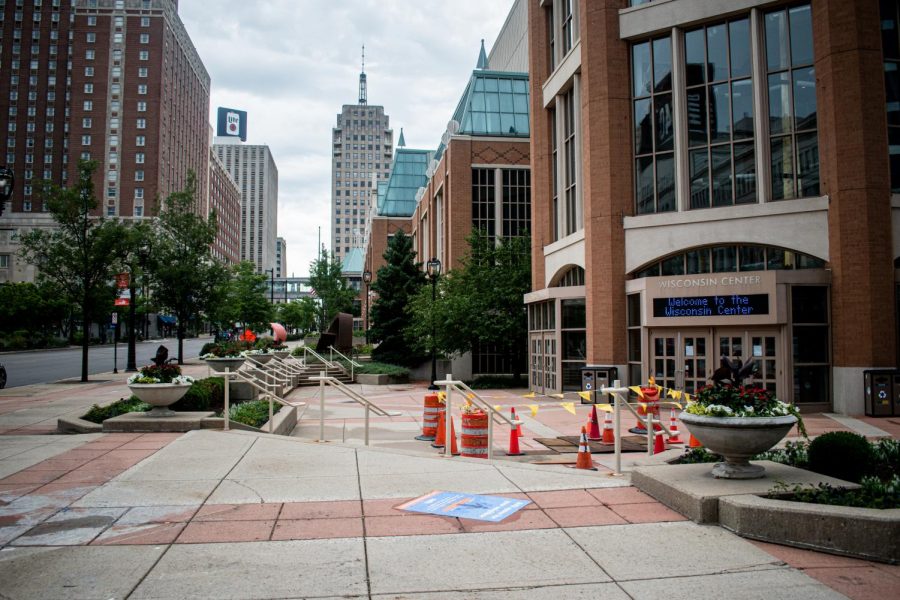
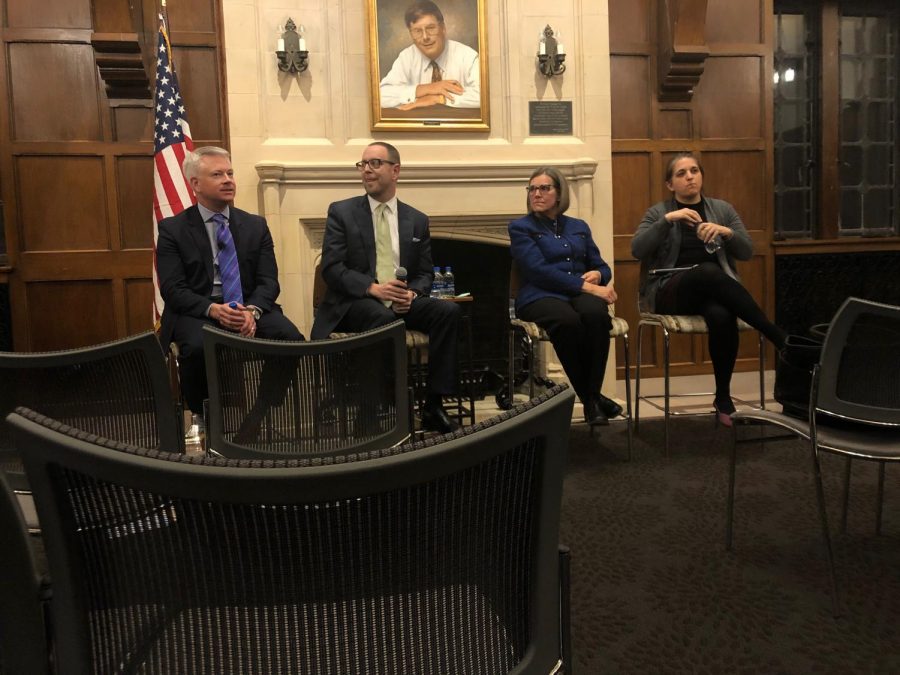
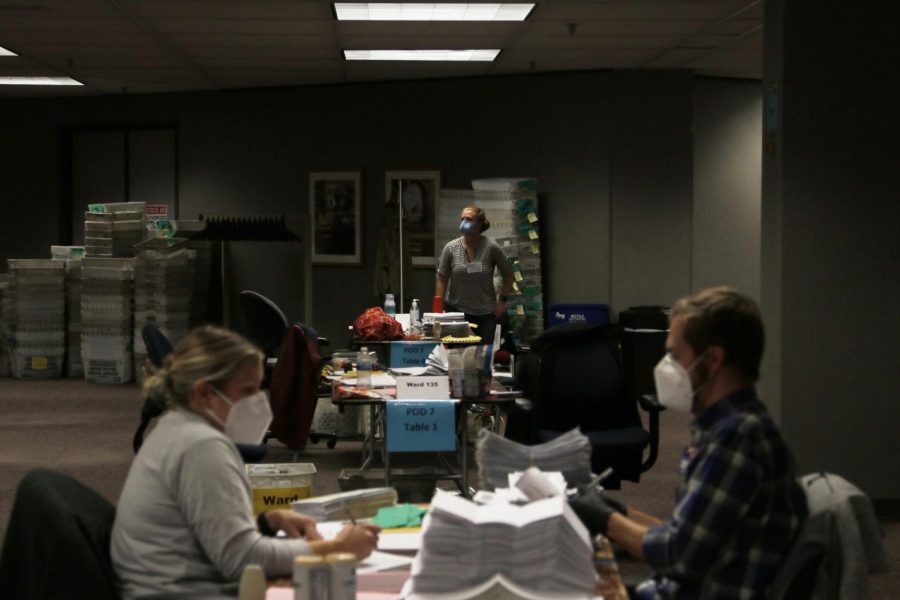
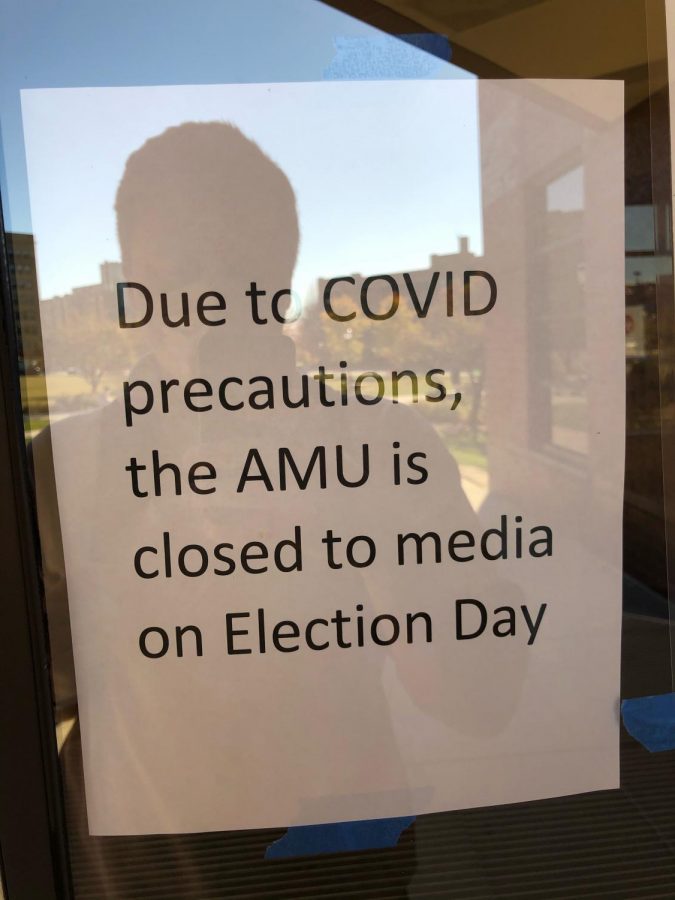
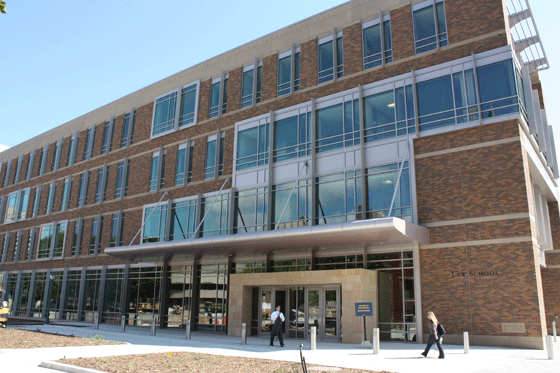
Darla • Apr 1, 2020 at 1:27 pm
Good article. Thank you.